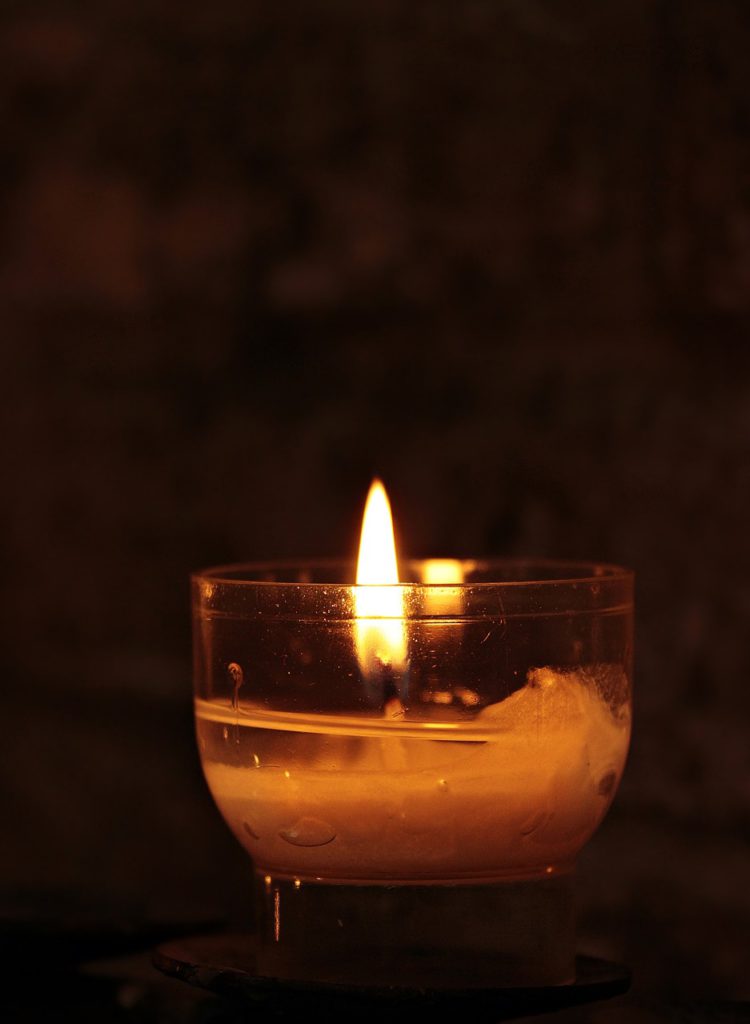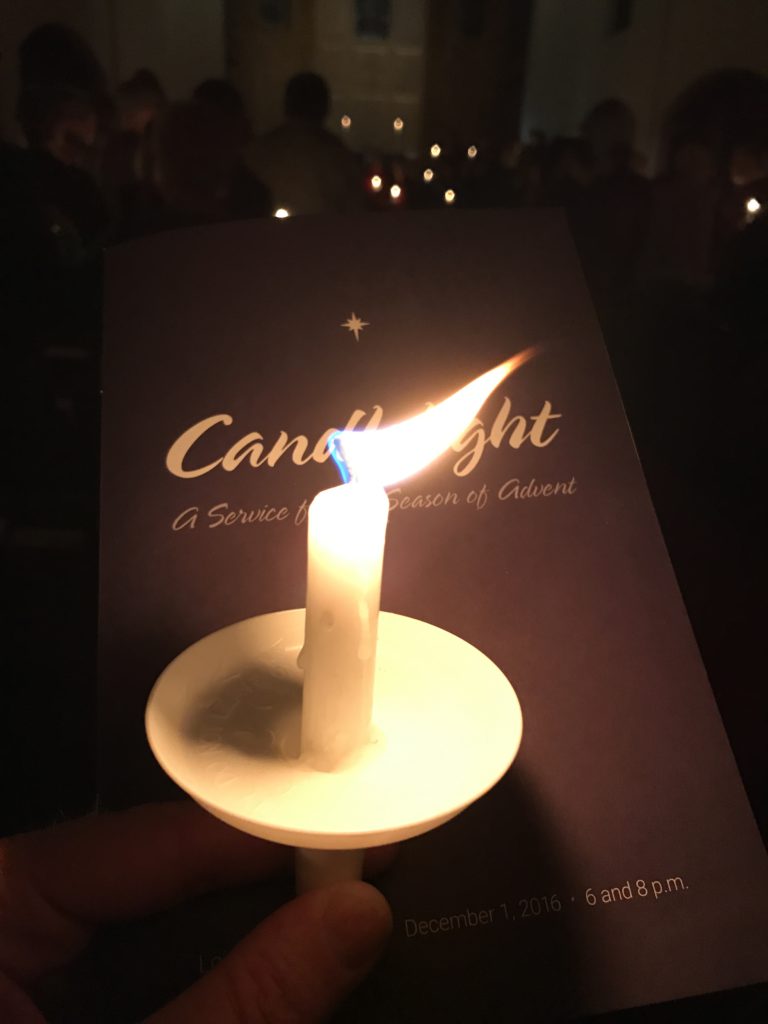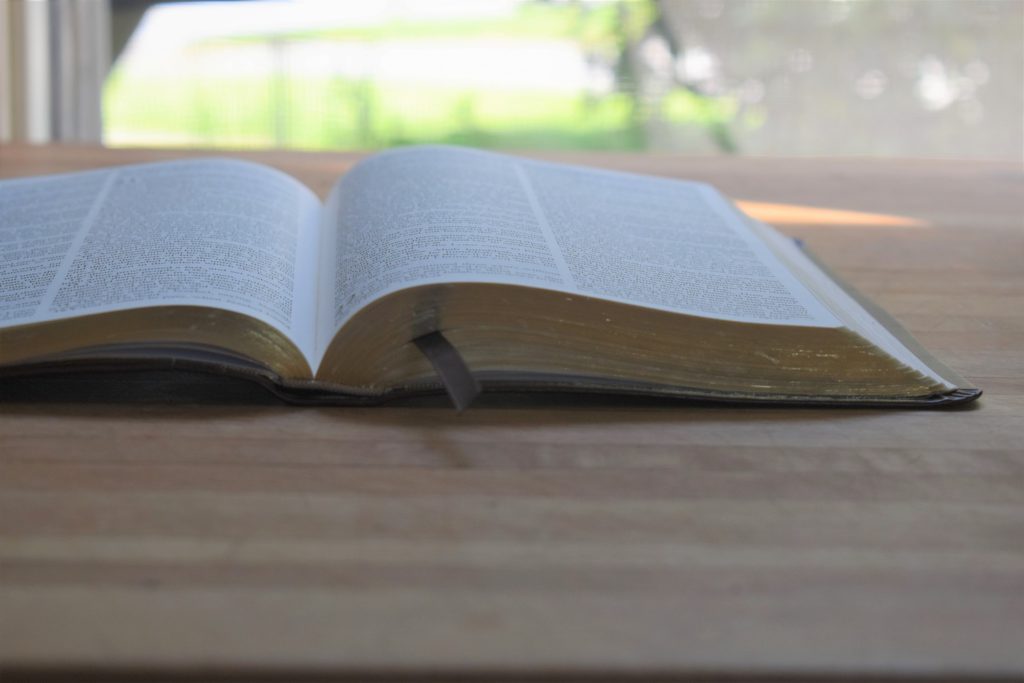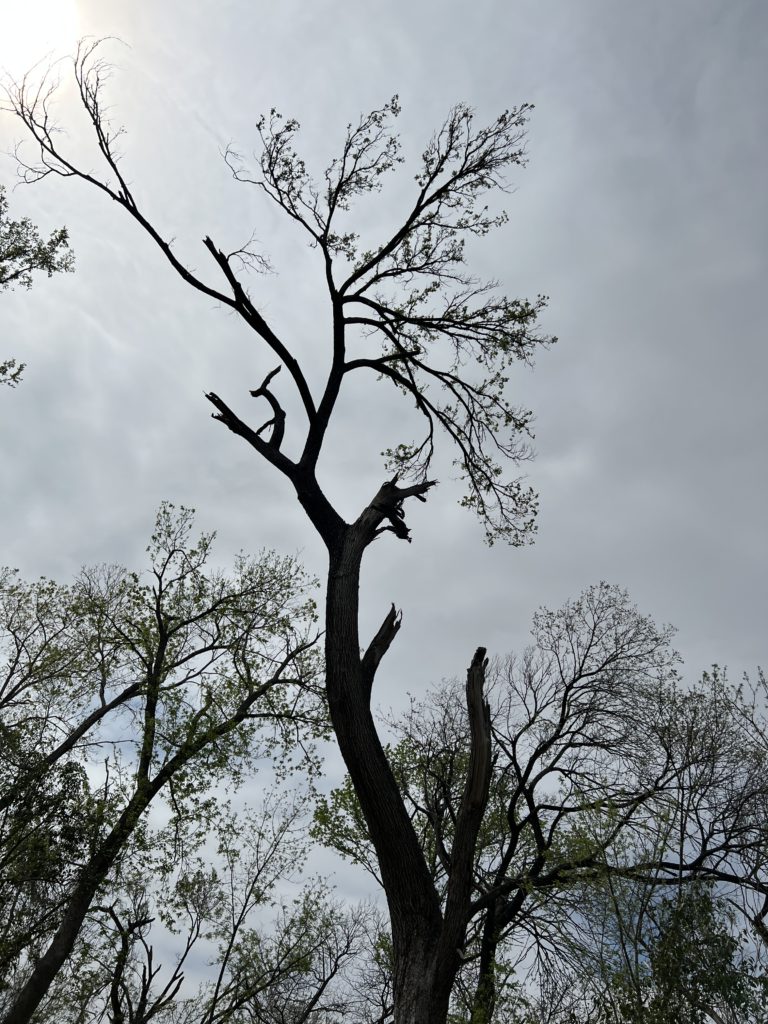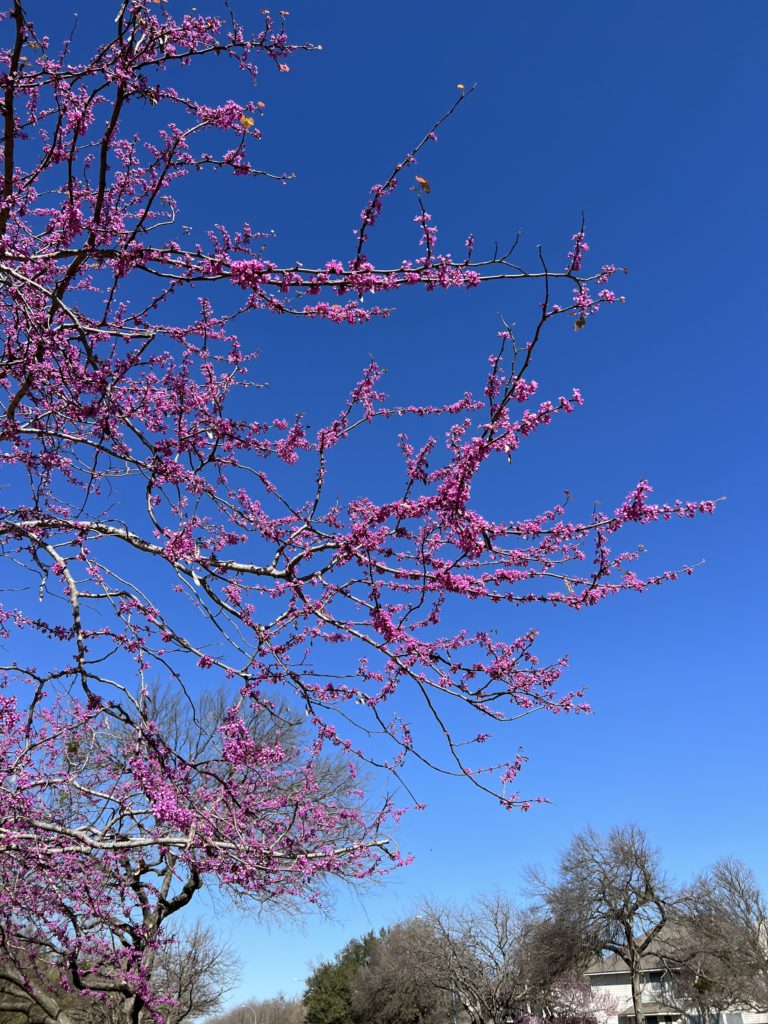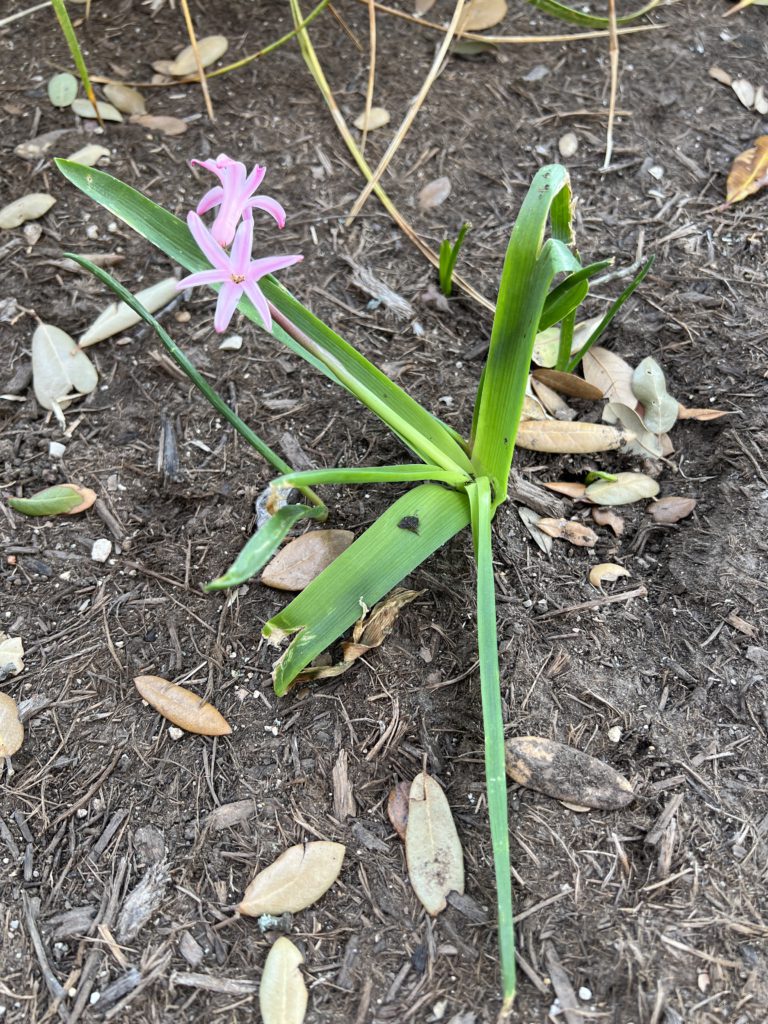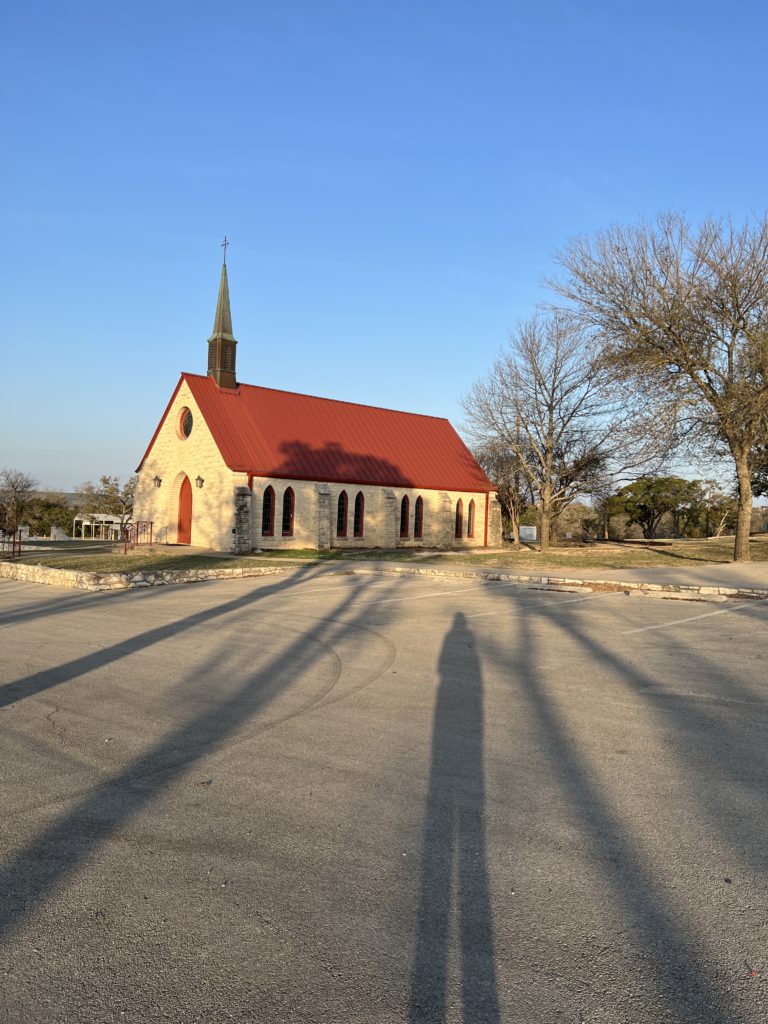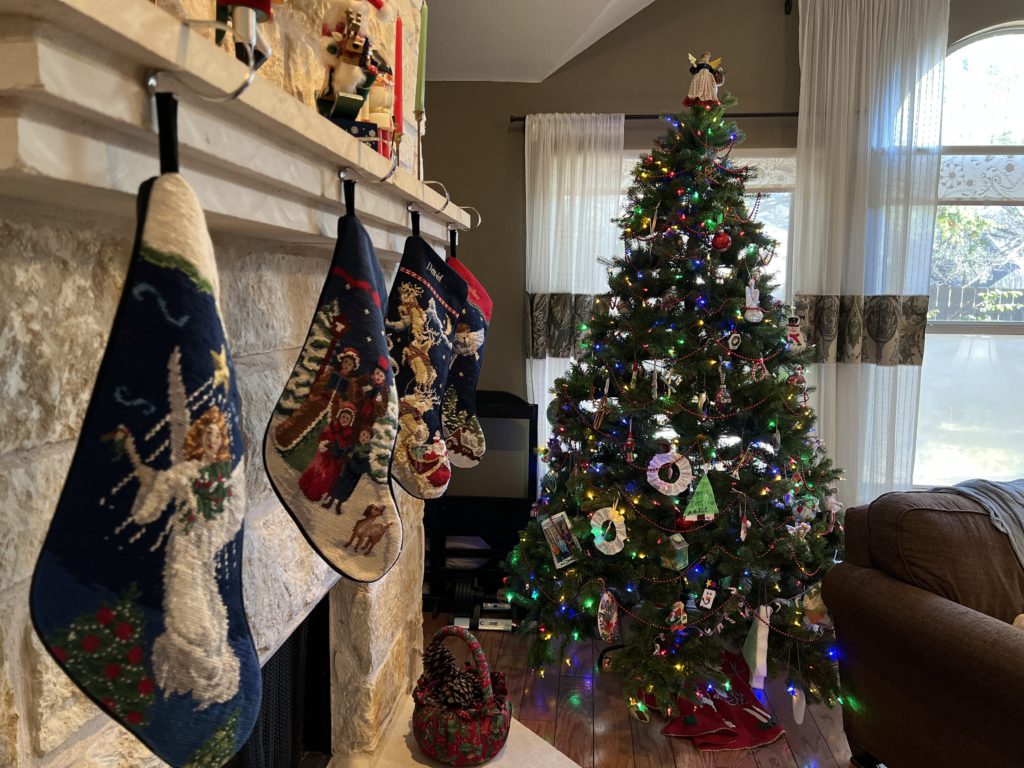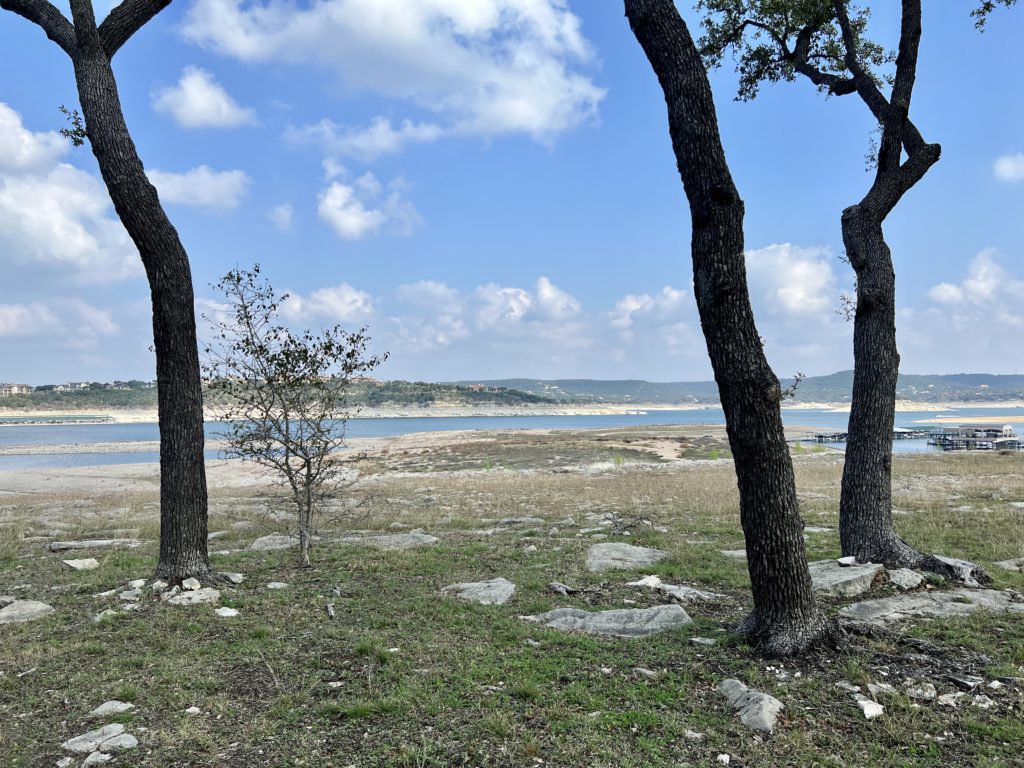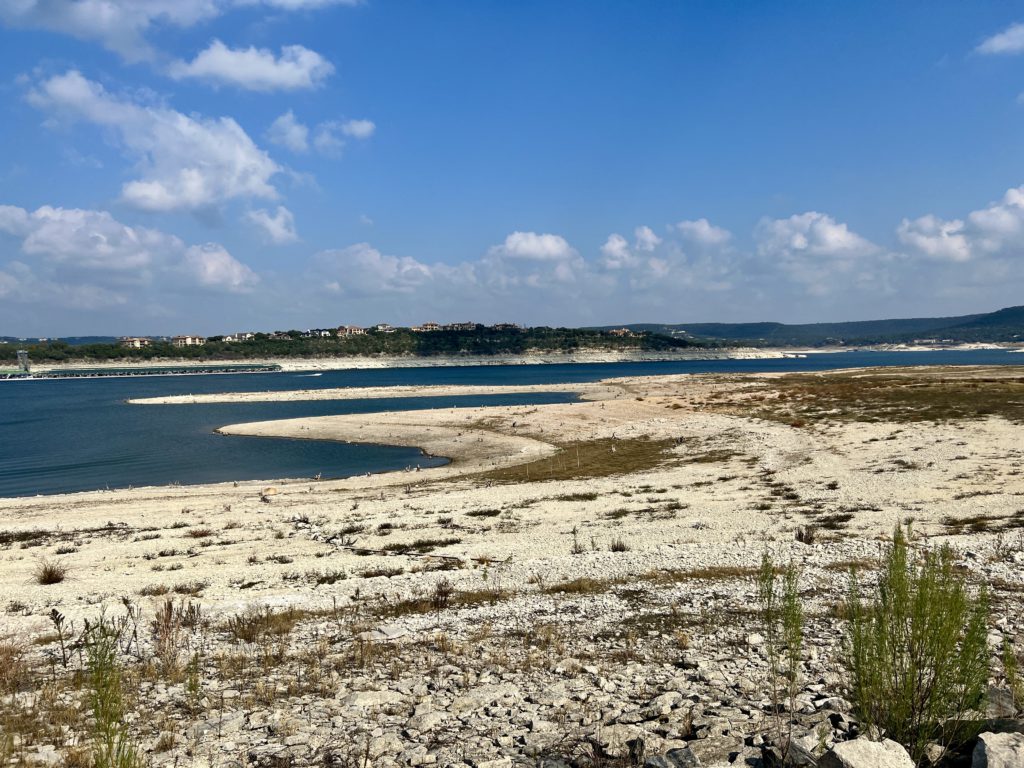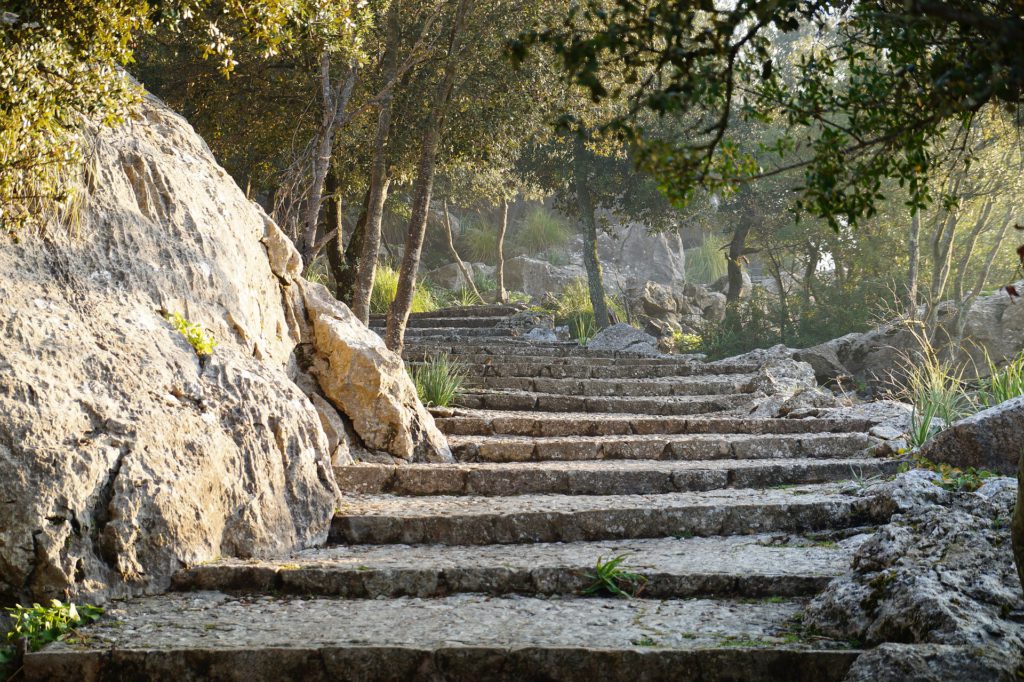Six days before the Passover Jesus came to Bethany, the home of Lazarus, whom he had raised from the dead. There they gave a dinner for him. Martha served, and Lazarus was one of those reclining with him. Mary took a pound of costly perfume made of pure nard, anointed Jesus’s feet, and wiped them with her hair. The house was filled with the fragrance of the perfume. But Judas Iscariot, one of his disciples (the one who was about to betray him), said, “Why was this perfume not sold for three hundred denarii and the money given to the poor?” (He said this not because he cared about the poor but because he was a thief; he kept the common purse and used to steal what was put into it.) Jesus said, “Leave her alone. She bought it so that she might keep it for the day of my burial. You always have the poor with you, but you do not always have me.” — John 12:1-8, NRSVUE

I have found this story compelling for as long as I can remember. My memory of it goes back to hearing this story as a little girl in church. And by “this story,” I mean the narrative in which Jesus is anointed by a woman. It wasn’t until I began studying scripture deeply as a young adult that I realized each gospel tells a distinctive version of what I had previously thought of as “this story” (which was actually a conglomeration of four distinct narratives). While the setting and details vary, in each of the four narratives Jesus is anointed by a woman and at least one person who is present objects.
While my childhood mind could not grasp the complexities of the culture in which this event took place, I was amazed by the woman’s boldness and confused by the responses of the objectors. I don’t remember the sermons I heard on this story; I simply remember hearing the story, one that stood out because I so rarely heard stories in church in which women were central to the narrative. It seemed to me that the woman was honoring Jesus, that she was doing something important, and it irritated me that her actions were questioned. I remember wanting the woman’s offering and act of service for Jesus to be simply good, without objection. In my dualistic childhood mind, I could not grasp that perhaps the objection is what makes her action even more significant…that perhaps the objection to her actions is the reason that the story is told at all…
Last week, as I re-read John’s account of this event, I experienced it differently than I ever have before. The story of the anointing in the gospel of John takes place in Bethany – two miles outside Jerusalem – in the home of Lazarus, whom Jesus has raised back to life. We know that Jesus has a close relationship with Lazarus (described in John 11:30 as “he whom you love”) and his sisters, Mary and Martha. Judas is the only other individual present who is named (and he is the objector), but it seems likely that the other disciples were also present. This anointing takes place at a dinner among friends, given by friends, and Jesus is anointed by someone close to him. And all of this occurs following another significant event with this same family – the raising of Lazarus – which precipitated the plot to kill Jesus.
It is impossible to consider this story without contemplating the juxtaposition of life and death. Lazarus has died and now has been raised to new life. Jesus is headed toward Jerusalem, where the religious leaders are plotting his death as the celebration of Passover approaches. This was no ordinary dinner. The gathered community likely experienced commingled feelings of celebration and grief, gratitude and sorrow, in the midst of anxious circumstances.
Let’s take a look back at what precedes this dinner. We last encountered Mary and Martha in John 11. They are grief-stricken after the death of their brother, who died in spite of their request for Jesus to come. The women use their voices to express their frustration and grief, both separately saying to Jesus when he arrived: “Lord, if you had been here, my brother would not have died.” There’s a lot going on in John 11 that I explore at length in this sermon, including Martha’s role as a disciple of Jesus, the one who makes a Christological confession of his identity: “Yes, Lord, I believe that you are the Messiah, the Son of God, the one coming into the world” (John 11:27). It is also Martha who – because of the smell – protests Jesus’ instructions to open her brother’s tomb. She has a point; I imagine the stench of death would have been unbearable. We know what happens next: the tomb is opened, Jesus calls to Lazarus, and he is raised to life again.
That brings us back to John 12, to this dinner given in Jesus’ honor. Lazarus reclines at the table with Jesus, while Martha serves, and there is another scent that permeates this story: the fragrance of perfume. I wonder if the stench of death had entirely dissipated, or if it still hung in the air, the aromas commingled alongside the mixed emotions. Through her offering of a lavish gift of love poured out upon Jesus’ feet, Mary makes more palpable that which has perhaps remained unsaid: Jesus, their beloved teacher, will not be with them much longer. In a way made possible only by such liminal space, Mary engages in this intimate act of anointing – pouring out expensive perfume on Jesus’ feet, and kneeling before him, wiping them with her hair. Through this act of service, Mary honors Jesus and expresses her devotion to the one who means more to her than words can express. Mary does not speak, but through her actions, she is a model for discipleship. Mary sees who Jesus is and proclaims what she sees. She preaches without words.
It is significant that Mary poured the perfume on Jesus’ feet and not his head. Traditionally, a King (as Jesus would be called by the people during the Triumphal Entry, which immediately follows) would have been anointed on his head by a prophet or a priest. Instead, Jesus was anointed on his feet by a woman. Those who called him king had missed the point. Jesus was anointed not to a position of power and authority, but as one who had intentionally become less – God dwelling on the earth, walking around with dirt between his toes. He was anointed not by an authority figure, but by someone with no authority at all – a woman, a close friend, who sees and knows who he is, who has experienced and been part of his ministry, who has followed him as a disciple, who knows that his feet were essential to his ministry among the people as he traveled around preaching, teaching, and healing. And perhaps, through this anointing, Mary also grieves for the one who has transformed death into new life, not just for her brother, but as a foreshadowing of what is to come as Jesus nears Jerusalem and his own impending death.
Mary’s anointing of Jesus is an act of service and an extravagant response of love of both God and neighbor, and she does it before Jesus even gives the command in John 13:34: “A new command I give you: Love one another. As I have loved you, so you must love one another.” Jesus gives this instruction after washing his disciples’ feet. Interestingly, the Greek verb ἐκμάσσω (ekmassō) is used to describe both Mary’s actions in wiping Jesus’ feet with her hair, as well as Jesus’ action of drying his disciples’ feet after washing them (John 13:5). As Mary has shown him love, by anointing his feet and wiping them with her hair, so Jesus demonstrates love to his disciples. Surely, Mary’s act of anointing was on Jesus’ mind as he washed his disciples’ feet on their final night together. His act mirrors hers.
In just a few days, on Maundy Thursday, we will have the opportunity to experience this in worship, to have our feet washed by another as an act of love. I hope you will consider becoming vulnerable by allowing someone to serve you in this way. While it might be uncomfortable, in my experience, it is in discomfort that the Spirit sometimes moves most powerfully.
As we journey through Holy Week – this time of walking through the final events leading up to Jesus’ crucifixion and anticipating his resurrection – may we hold this story of the anointing in our minds and in our hearts. Perhaps we will even be inspired to respond with our bodies, our whole selves, as Mary did – with extravagant love toward God and neighbor, in honor of the one who is the giver of new life.
